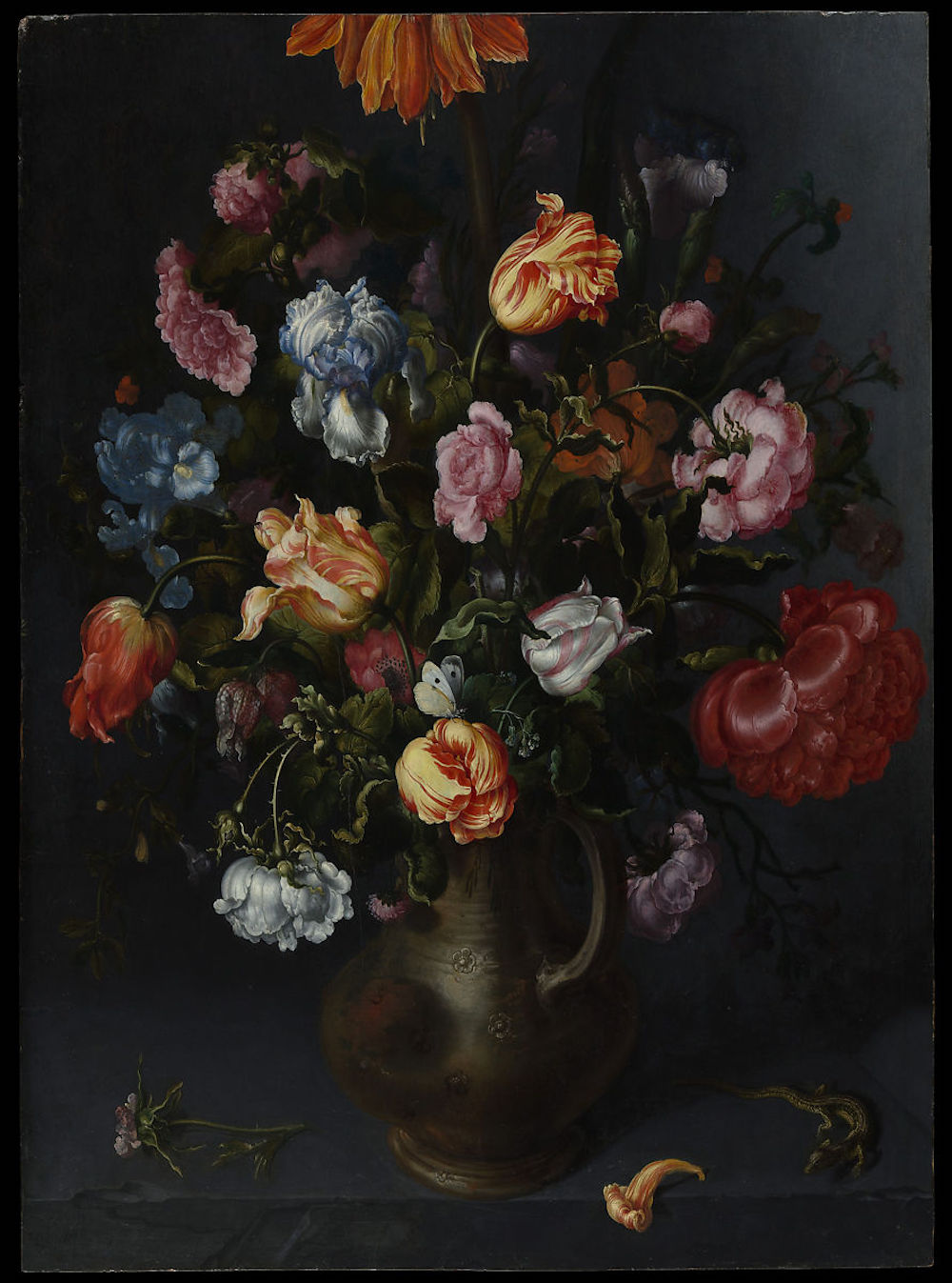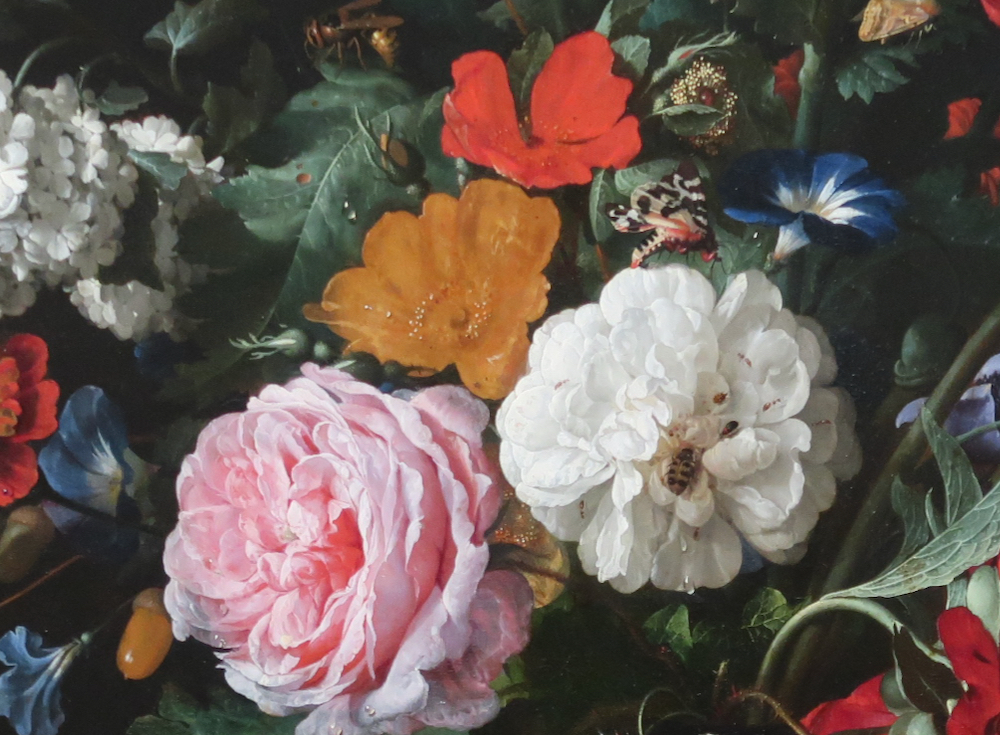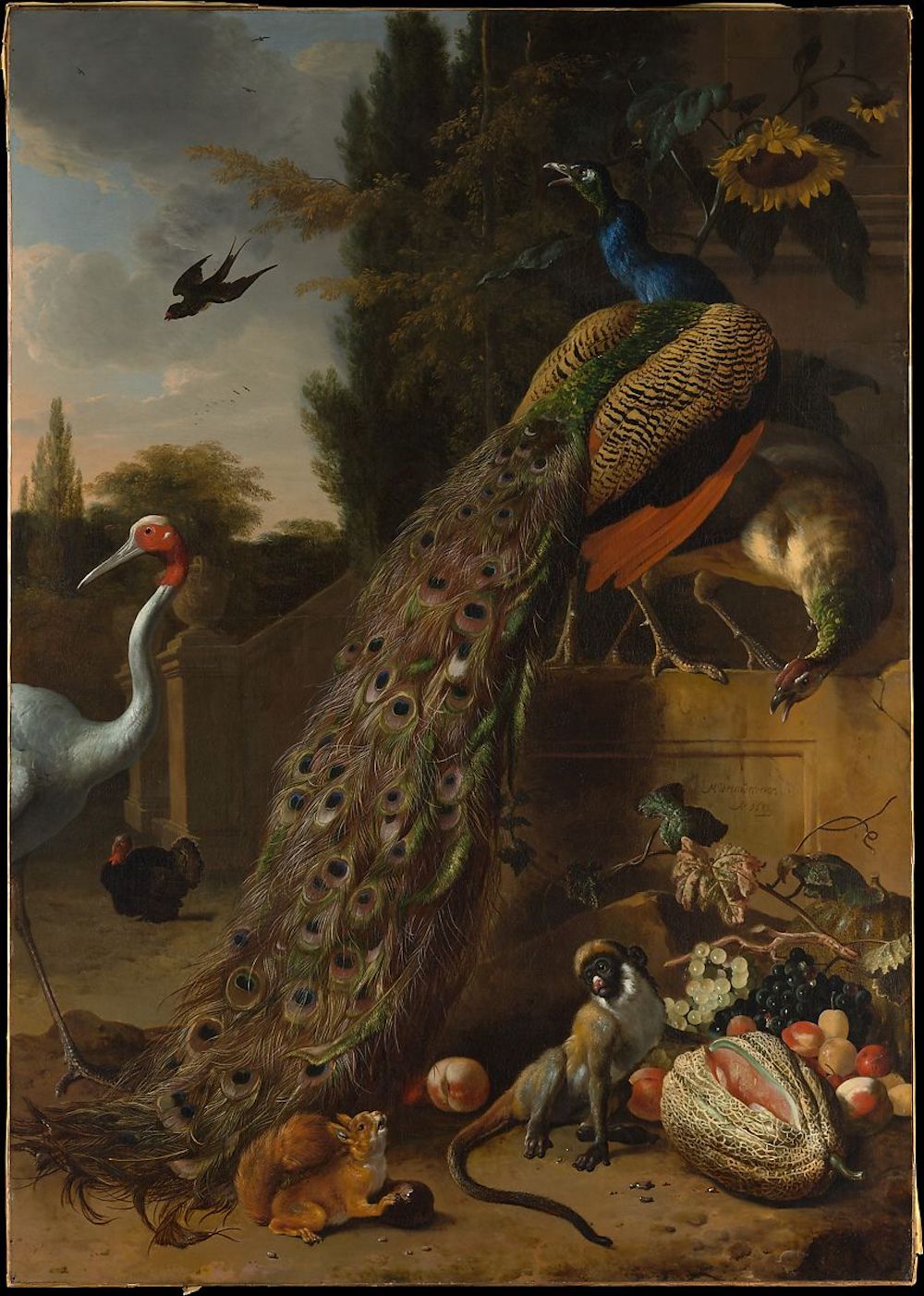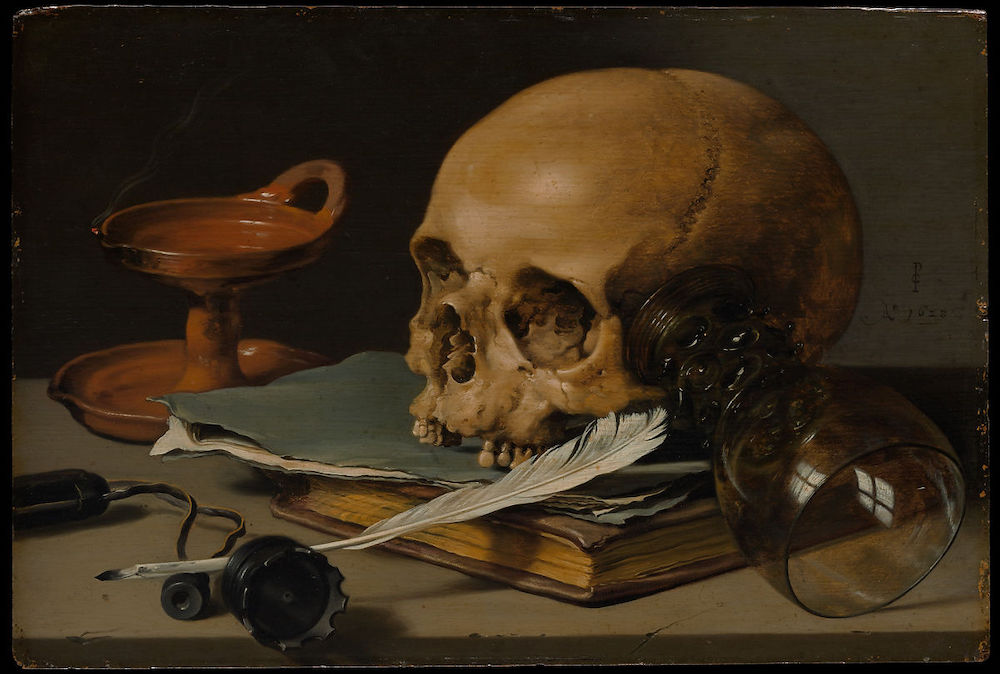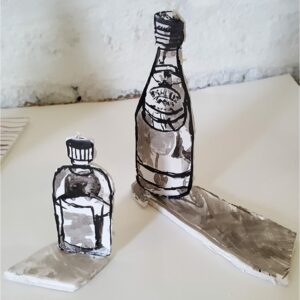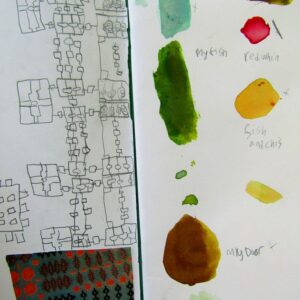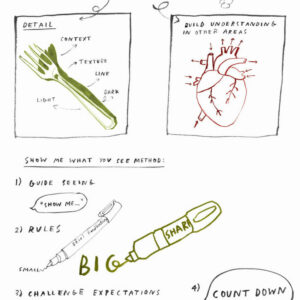A Vase with Flowers, Jacob Vosmaer (Dutch, Delft ca. 1584–1641 Delft) 1613, Oil on wood, 33 1/2 x 24 5/8 in, Purchase, 1871
Questions to Ask Children
How would you describe the mood of this painting?
How have the colours impacted the mood?
How does the painting make you feel?
Close up of Flowers in a glass vase by Dutch painter Jan Davidsz. de Heem, 1606-1684, Oil on wooden panel, height 93.2 cm x width 69.6 cm – from the Fitzwilliam Museum, Cambridge
Questions to Ask Children
How does this painting compare with the first painting of flowers?
Which do you prefer and why?
Questions to Ask Pupils
What stands out to you when you look at this painting and why?
How would you describe the atmosphere of this painting?
Peacocks, Melchior d’ Hondecoeter (Dutch, Utrecht 1636–1695 Amsterdam), 1683, Oil on canvas, 74 7/8 x 53 in. (190.2 x 134.6 cm), Gift of Samuel H. Kress, 1927
Questions to Ask Children
What can you see in this painting?
What time of day do you think this painting captures? Why?
Do you think that the animals in this painting get on? Why?
Why do you think the animals have congregated together in this painting?
What do you like/dislike about this painting? Why?
Still Life with a Skull and a Writing Quill, Pieter Claesz (Dutch, Berchem? 1596/97–1660 Haarlem), 1628, Oil on wood, 24.1 x 35.9 cm, Rogers Fund, 1949
Questions to Ask Children
What can you see?
What do you think the painter was trying to say with this painting?
What do you like/dislike about it?
How does this painting make you feel?





